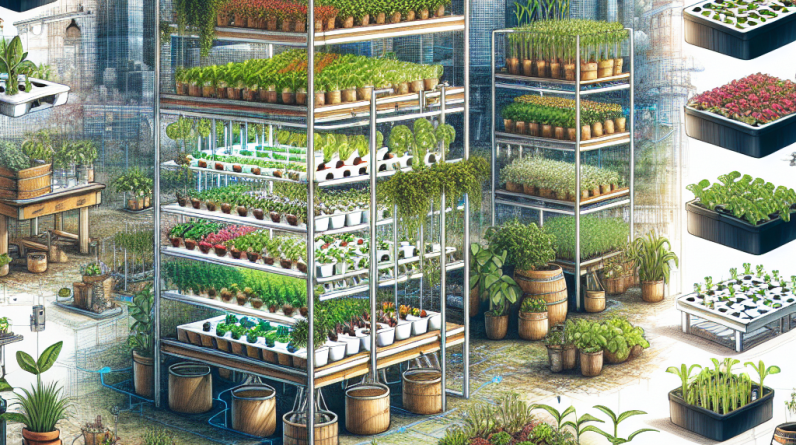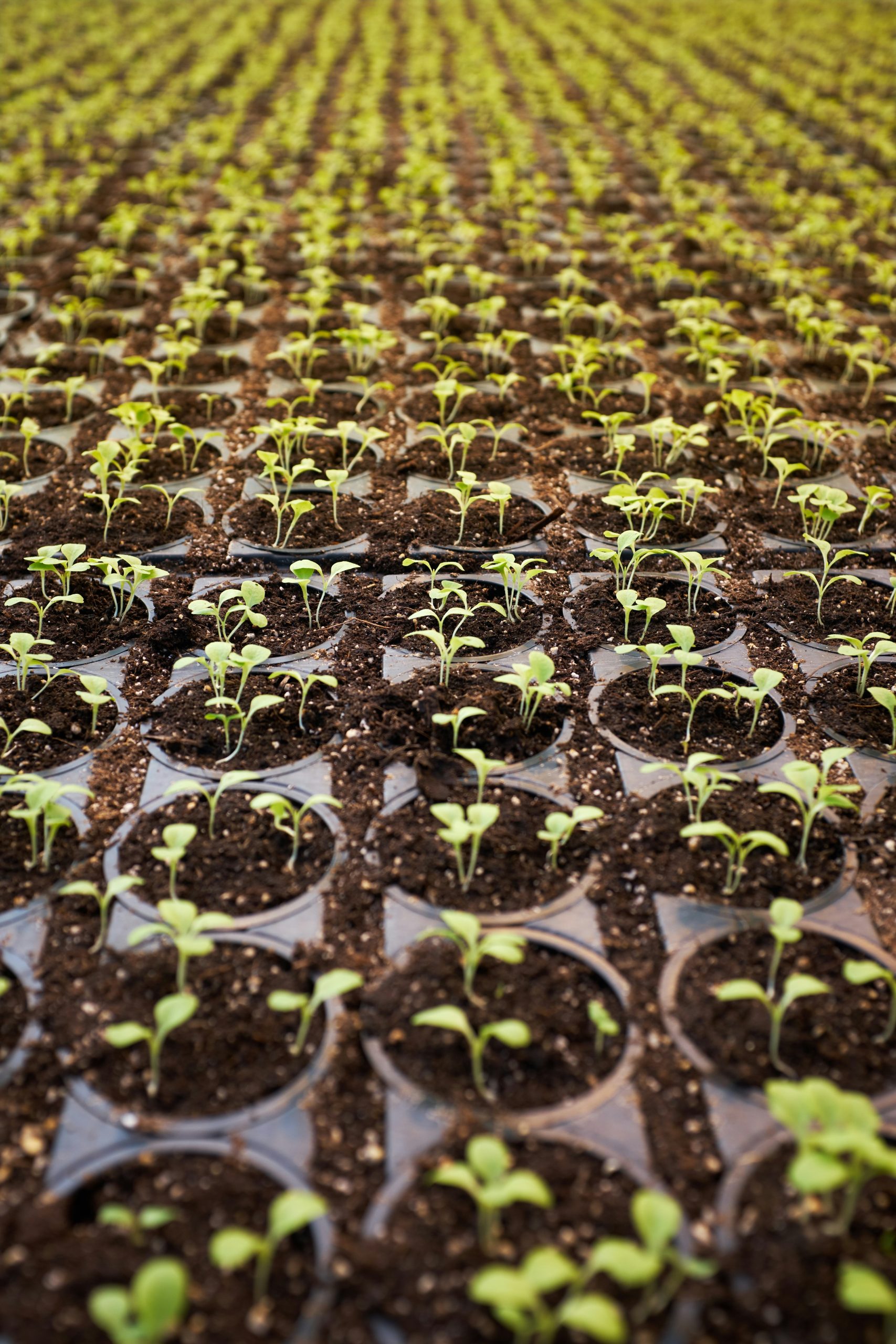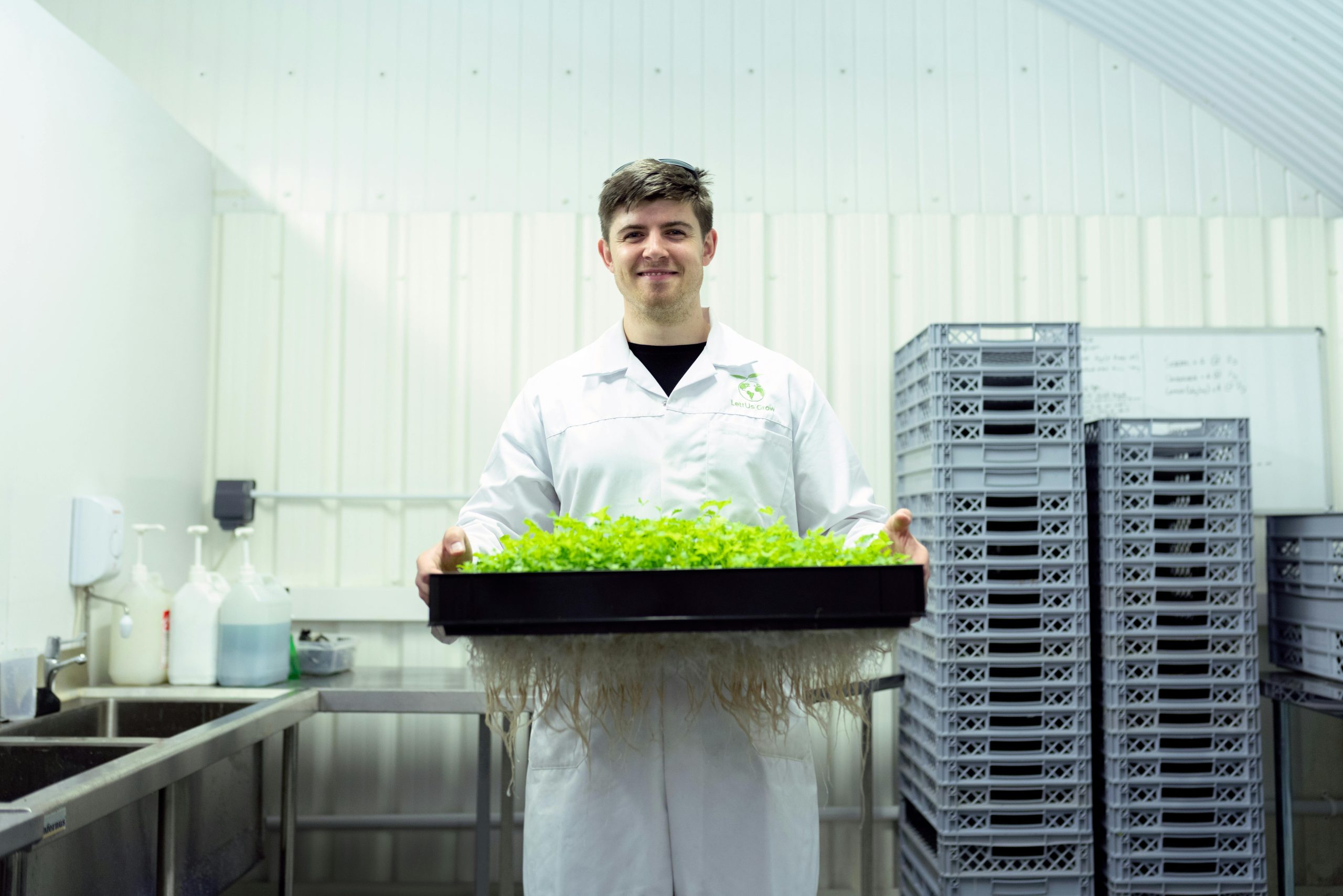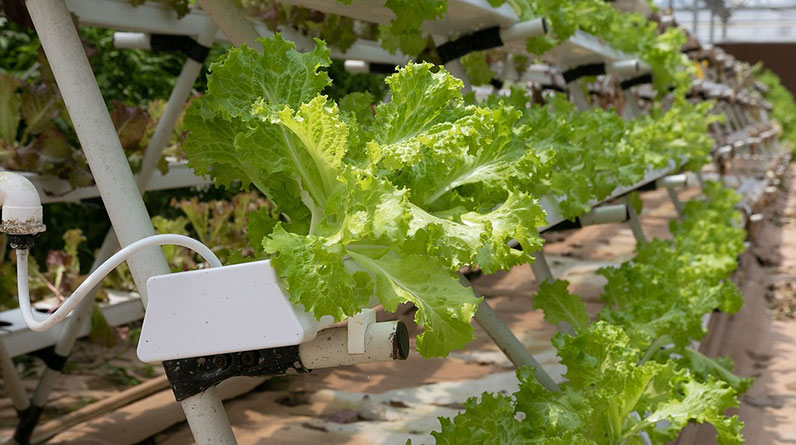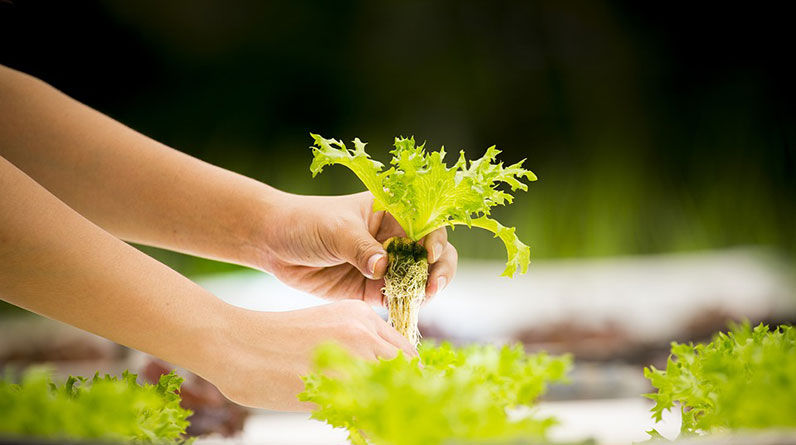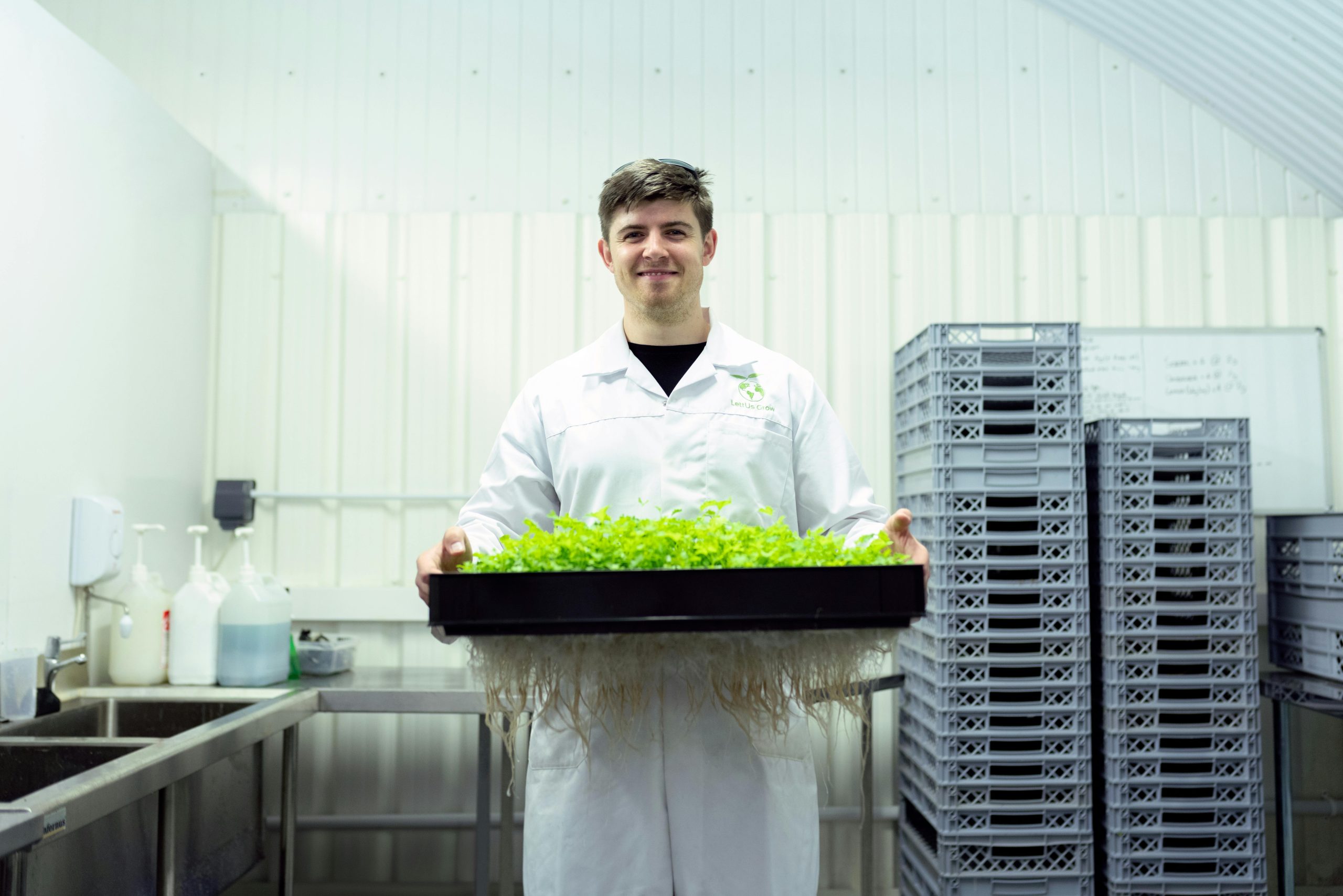
Many gardeners and urban farmers are curious about how to grow basil hydroponically in 2025 due to its efficiency and year-round harvest potential. Hydroponic basil cultivation allows for faster growth, higher yields, and cleaner produce without soil. Whether youâre a beginner or experienced grower, mastering these seven tips will help you produce healthy, fragrant basil successfully. Letâs dive into each step to make your hydroponic basil journey smooth and fruitful!
1. Choose the Right Hydroponic System
Understanding Different Hydroponic Setups
When considering how to grow basil hydroponically, selecting an appropriate hydroponic system is crucial. Popular options include Nutrient Film Technique (NFT), Deep Water Culture (DWC), and drip systems. Each has its advantages; for instance, NFT is excellent for small-scale setups and continuous nutrient flow, while DWC offers ease of use for beginners with its simple aerated water reservoir.
In 2025, innovations in hydroponic systems have made it easier than ever to manage basil growth. For example, automated systems with integrated sensors can adjust water flow and nutrient levels in real-time, reducing manual effort. When choosing a system, consider your space, budget, and desired scale, ensuring it supports healthy basil development.
In my experience, starting with a DWC or NFT system provides a manageable and productive environment for basil. These setups encourage rapid growth while simplifying maintenance, making them perfect for beginners aiming to understand how to grow basil hydroponically.
Key Factors in System Selection
Important considerations when selecting your hydroponic system include water circulation, accessibility for cleaning, and compatibility with basil’s root structure. Basil roots are relatively delicate, so systems that promote good oxygenation and minimal root disturbance are ideal.
Additionally, choosing a system that allows for easy monitoring of water levels and nutrient concentrations can significantly improve your efficiency. As 2025 trends favor sustainable and low-maintenance setups, look for systems that optimize water and energy use.
Overall, your choice of system will influence how effectively you learn how to grow basil hydroponically and how quickly you achieve harvest-ready plants.
2. Use Quality Nutrients Specifically for Basil
Understanding Basil Nutritional Needs
In learning how to grow basil hydroponically, providing the right nutrients is essential. Basil prefers a balanced supply of nitrogen, phosphorus, and potassium, along with micronutrients like magnesium and iron. Using a tailored hydroponic nutrient mix ensures your basil gets everything it needs to flourish.
For optimal growth in 2025, many growers opt for organic or mineral-based nutrient solutions formulated specifically for leafy herbs. These formulations promote lush foliage and aromatic flavors, which are hallmarks of good basil quality.
In my practice, Iâve found that starting with a mild nutrient concentration and gradually increasing it as plants mature helps prevent nutrient burn and encourages steady growth. Regularly monitoring and adjusting nutrient levels will make your basil plants thrive.
Best Practices for Nutrient Management
Consistent nutrient management involves weekly adjustments based on plant growth and water readings. Using electronic meters to check nutrient solution EC (electrical conductivity) and ensuring the pH stays between 5.8 and 6.5 optimizes nutrient uptake.
In 2025, smart nutrient dosing systems become popular, enabling precise application, reducing waste, and maintaining ideal conditions. Remember, over-fertilizing can lead to poor flavor and weak stems, so balance is key when learning how to grow basil hydroponically.
Adding a liquid trace element supplement during peak growth stages can further enhance basil health and aroma.
3. Maintain Optimal pH and EC Levels
Why These Levels Matter
Mastering how to grow basil hydroponically requires regular monitoring of water pH and electrical conductivity (EC). Proper pH ensures nutrients are available for absorption, while EC indicates the nutrient concentration. For basil, maintaining a pH between 5.8 and 6.5 is ideal.
In 2025, digital pH meters and EC sensors have become affordable and reliable, allowing growers to maintain stable conditions. Keeping these parameters within optimal ranges prevents deficiencies or toxicities that can stunt growth or spoil flavor.
Failing to regulate pH and EC can lead to poor nutrient uptake, which results in weak, yellowing leaves or slow growth. Consistently checking and adjusting these levels enables consistent results in your hydroponic basil setup.
Tips for Maintaining pH and EC
- Test water pH daily during active growth phases.
- Use pH adjusters like phosphoric acid or calcium carbonate to fine-tune levels.
- Monitor EC weekly and replenish nutrients as needed.
Implementing these practices will help you answer how to grow basil hydroponically successfully by ensuring a stable and nutrient-rich environment.
4. Provide Adequate Light and Proper Lighting Techniques
Lighting Requirements for Basil
Lighting quality is paramount in the discussion of how to grow basil hydroponically. Basil requires at least 14-16 hours of light daily to thrive indoors or in controlled environments. In 2025, LED grow lights have become the standard due to their energy efficiency and ability to mimic natural sunlight spectrum.
Choosing the right LED spectrum, typically Full Spectrum or specific blue/red combinations, enhances leaf growth and flavor development. Proper light placementâaround 12 inches above the plantsâensures even distribution without causing leaf burn.
In practical terms, I recommend adjusting light distance based on plant height and observing leaf health. With the right lighting setup, you can grow basil successfully all year round regardless of weather conditions.
Additional Lighting Tips
Implement daily light timers to automate schedule management. Use reflective surfaces around your grow area to maximize light efficiency. Consider supplemental UV or red spectrum lighting during flowering or for flavor enhancement.
In 2025, smart lighting systems incorporate remote control and intelligent adjustments, further simplifying basil cultivation. This allows growers to optimize light exposure, answering the common question of how to grow basil hydroponically with the right lighting environment.
5. Regulate Temperature and Humidity
Ideal Environmental Conditions
A critical part of how to grow basil hydroponically involves maintaining optimal temperature and humidity. Basil thrives between 20°C and 25°C (68°F – 77°F). Higher temperatures can cause stress, while lower temperatures slow down growth.
Humidity levels should be maintained around 50-60% to avoid issues like powdery mildew or root rot. In 2025, climate control devices such as mini dehumidifiers, humidifiers, and thermostats are commonplace in hydroponic setups.
In my experience, consistent environmental control leads to healthier plants and abundant harvests. Using sensors connected to automation systems simplifies managing these conditions.
Best Practices for Environmental Control
- Use a thermostat with a cooling or heating system for temperature stability.
- Adjust humidity levels with humidifiers or dehumidifiers based on plant needs.
- Ensure proper ventilation to prevent mold and promote oxygenation.
Controlling temperature and humidity is fundamental in establishing a stable environment to efficiently learn how to grow basil hydroponically all year long.
6. Ensure Proper Air Circulation and Oxygenation
Why Air Quality Matters
In how to grow basil hydroponically, adequate air circulation prevents diseases, strengthens stems, and improves nutrient uptake. Basil plants need fresh air and sufficient oxygen, especially around their roots.
Using oscillating fans and proper spacing between plants ensures good airflow. Additionally, aerating the nutrient solution with air stones or diffusers in DWC systems boosts oxygen levels, promoting healthy root development.
In recent years, automatic ventilation systems have become popular among hydroponic gardeners in 2025, creating ideal conditions with minimal manual effort.
Practical Tips for Better Air Quality
- Position fans to avoid direct airflow on leaves, preventing wind damage.
- Maintain at least 12 inches of space between plants for airflow.
- Regularly clean air filters and fan blades.
Effective air circulation is essential to successfully answer how to grow basil hydroponically by ensuring your plants stay healthy and pest-free.
7. Practice Consistent Monitoring and Maintenance
Regular Checks and Adjustments
Knowing how to grow basil hydroponically well means staying vigilant. Regularly inspecting your system, plants, and water quality prevents problems before they escalate. Keeping a grow journal helps track nutrient levels, pH, and plant health status.
Automation tools in 2025 assist with routine monitoring, such as Wi-Fi-enabled sensors that notify you of any anomalies. Consistency in maintenanceâlike topping up nutrient solutions, pruning, and cleaning systemsâensures optimal growth conditions.
In my experience, a proactive approach drastically increases success rates, making your basil plants more productive and flavorful.
Optimize for Success
- Schedule weekly checks of water levels, pH, and EC.
- Prune basil regularly to promote bushy, healthy plants.
- Remove dead or yellowing leaves promptly.
By establishing a routine, you solidify your understanding of how to grow basil hydroponically and enjoy consistent harvests throughout the year.
Conclusion
Mastering how to grow basil hydroponically in 2025 involves attention to detail across multiple factorsâsystem selection, nutrients, environmental conditions, lighting, and more. By implementing these seven effective tips, you’ll be well on your way to cultivating lush, aromatic basil indoors or in controlled environments. Remember, consistent monitoring and adapting to your plants’ needs will yield the best results, whether you’re growing for personal use or commercial purposes. Stay up-to-date with emerging technologies and best practices, and you’ll enjoy a thriving basil crop all year long!
Frequently Asked Questions
- How long does it take to grow basil hydroponically in 2025?
- Typically, basil grown hydroponically can be harvested as early as 3-4 weeks after planting, depending on conditions and basil variety.
- What is the best hydroponic system for beginners to learn how to grow basil hydroponically?
- Deep Water Culture (DWC) systems are highly recommended for beginners due to their simplicity and effectiveness.
- Can I grow basil hydroponically indoors all year round?
- Yes, with proper lighting, temperature, and humidity control, you can grow basil indoors throughout 2025 regardless of outdoor weather conditions.
- What nutrients should I use for hydroponic basil in 2025?
- Use a balanced, high-quality nutrient solution formulated specifically for leafy greens or herbs, adjusting as needed based on plant growth stages.
- How often should I check pH and EC levels?
- Daily during active growth is ideal; however, at minimum, check at least once a week and before major adjustments to ensure optimal conditions.


